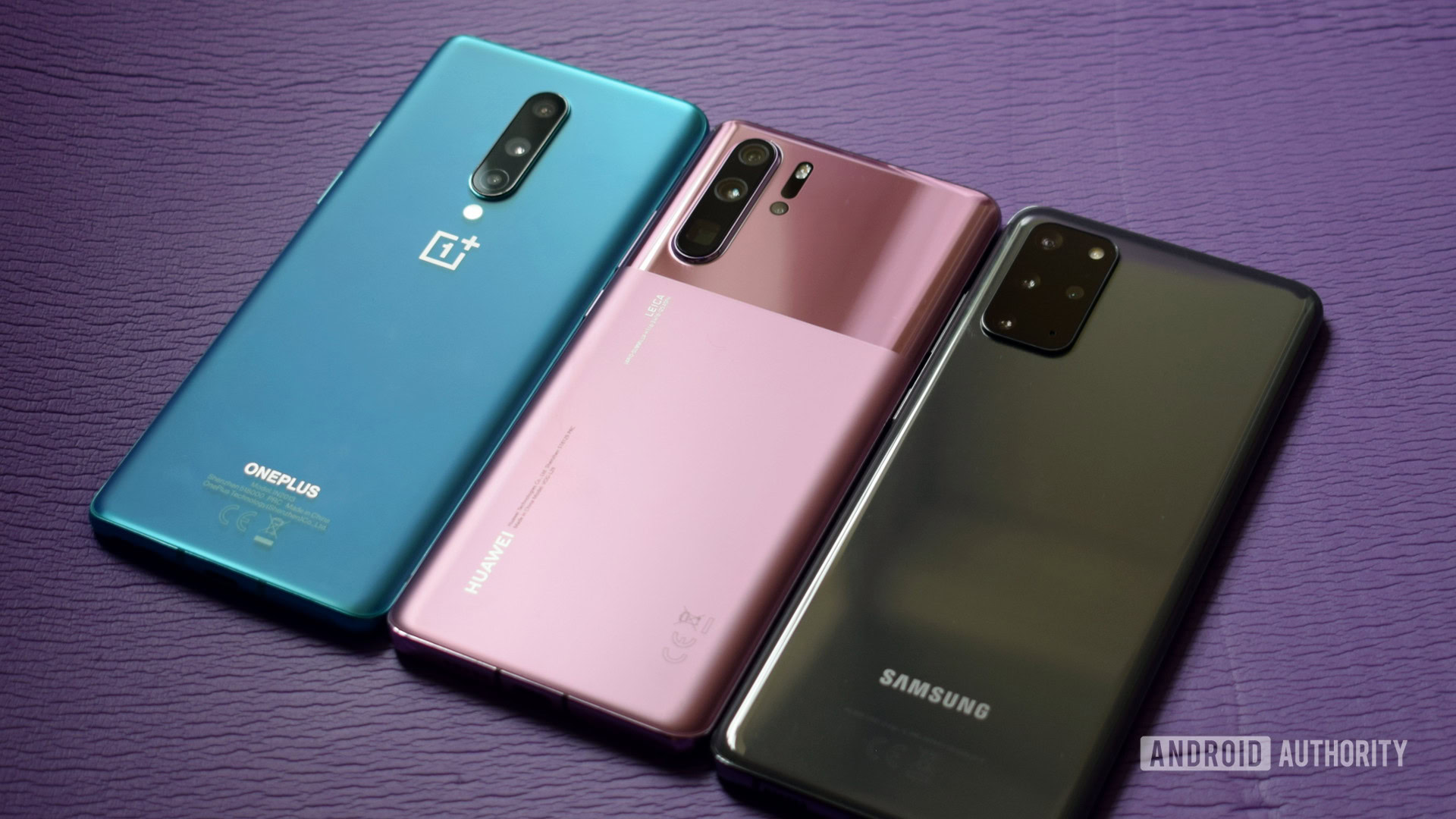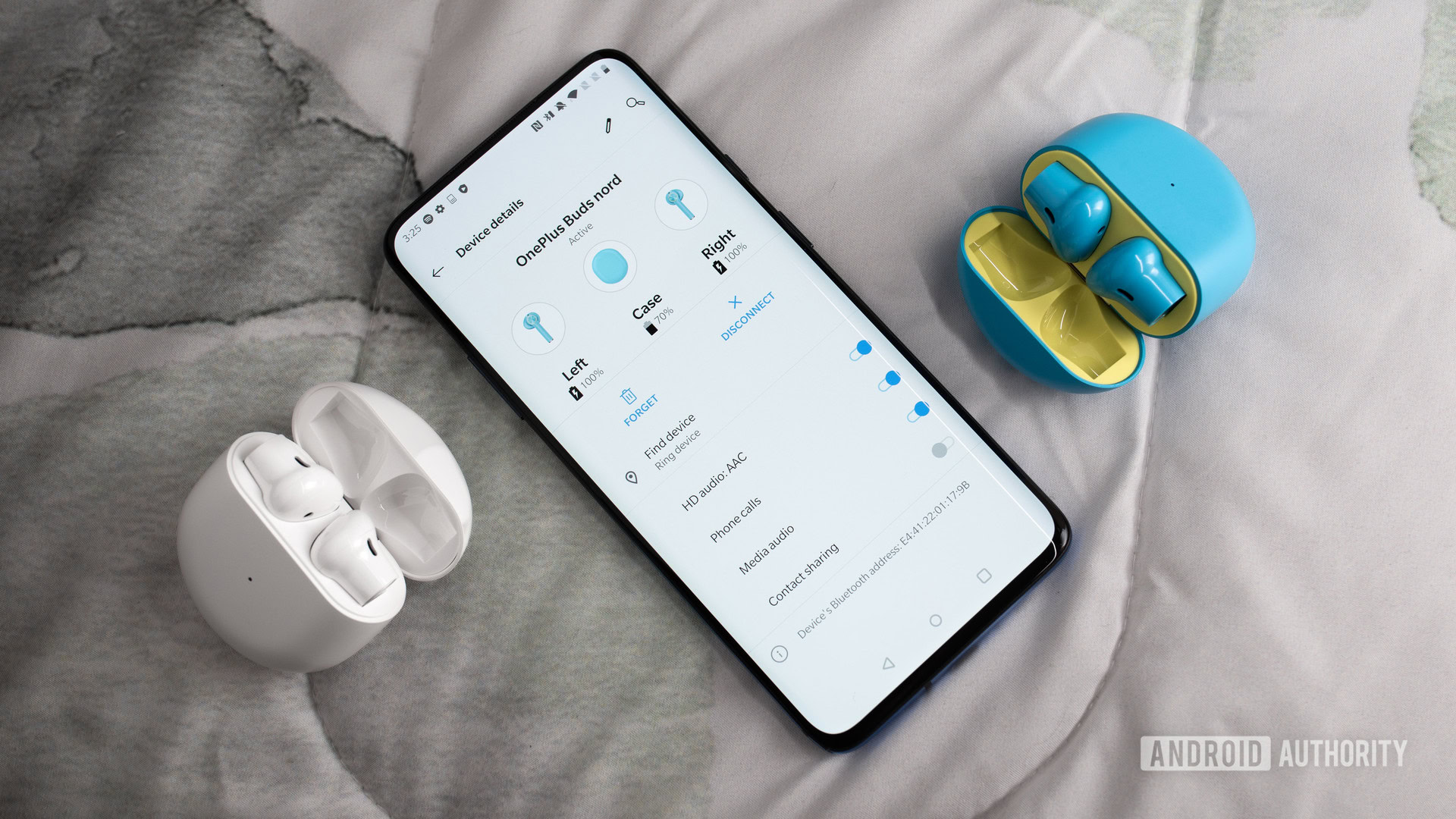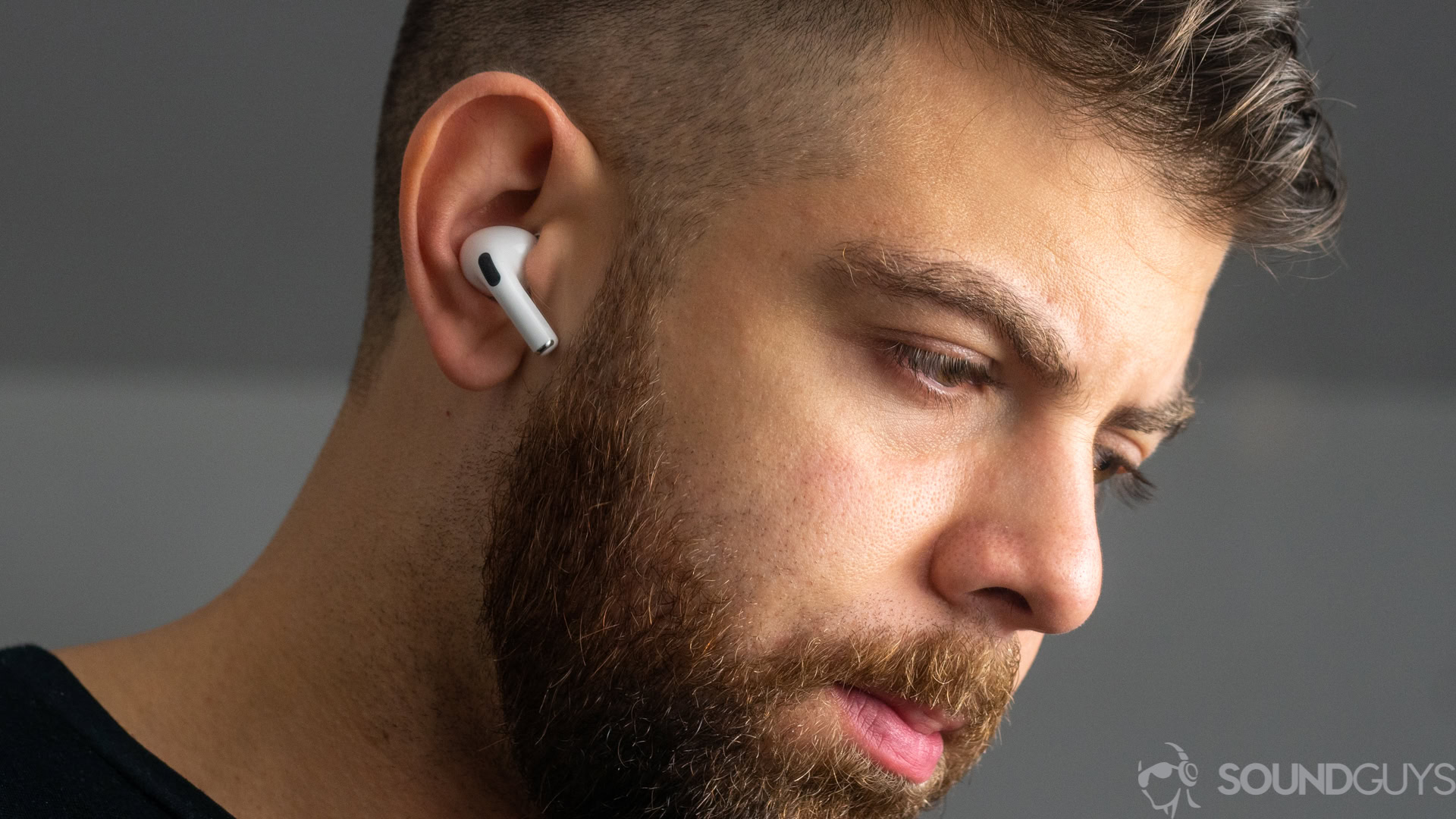Affiliate links on Android Authority may earn us a commission. Learn more.
Headphones updates limited to certain phones — a cheap move by smartphone makers

It would be ridiculous to pay for something that affords only a fraction of its marketed functionality, yet some smartphone manufacturers expect us to do just that.
More and more smartphone makers are releasing wireless earbuds that don’t receive headset updates with phones outside the brand. The OnePlus Buds are the most recent example of this practice, but OnePlus isn’t the only company to do so: Apple and HUAWEI are in the barrel too.
How companies limit headset features to their smartphones
Feature restrictions take many forms. The most limiting of them prevents certain consumers from accessing firmware and software updates. One of the most restricted systems is Apple’s.
AirPods users can only update their headsets with an Apple device (i.e. iPhone or iPad). In other words, Android smartphones can’t perform AirPods updates. This strategy has a two-fold effect: it further retains those already nestled into the Apple ecosystem, and it attempts to attract non-iPhone AirPods users into the fold.
Related: Let’s talk true wireless earbuds and their battery life
It’s not just updates. Phone makers reserve access to several headphone features to users of their smartphones. These include remappable controls, which affects basic functions like media playback, viewing battery life information, quick pairing, easy device switching, and more. It’s silly to realize users can’t take full control of their music simply because they own the “wrong” phone. Alas, this is exactly what OnePlus has done with its touch controls. The only playback function non-OnePlus users have is to skip a track. Pausing and playing music is permitted, too, but that requires users to remove or insert the earbuds, and doesn’t even give the option of tap-to-pause.
Supporting a pre-existing base doesn’t serve the broader community

Let’s dig deeper into OnePlus. Just like Apple, OnePlus’ true wireless earbuds can only receive updates via OnePlus smartphones. This is almost justifiable. After all, controlling the hardware, software, and firmware makes it easier for engineers to push out consistent updates. But a more critical look reveals this to be a weak explanation — especially because most firmware updates are relatively simple tweaks to connection stability (which the OnePlus Buds desperately need).
Numerous companies allow for their wireless headsets to be updated across Android devices, and even across operating systems. It’s certainly possible to make firmware and software updates accessible. Heck, even smaller players like JLab afford updates via iOS and Android. This makes it even more apparent that the brands choosing to limit headset functionality are doing so for their own gain, and any pretense of serving the tech community or Android fans is false.
Who cares? The earbuds will still play music

We as consumers should care about limited headset updates, because every purchase is a form of voting with our wallets. Yes, your earbuds will still pair with your smartphone. And yes, they’ll still stream music from Spotify. But headphones are billed as so much more now.
Bluetooth technology has opened the floodgates for consumer audio advancements. These wireless earbuds aren’t just earbuds, in the same way that our smartphones aren’t just phones. Bluetooth earbuds now serve as a tool for productivity; a direct contact to our virtual assistants; and even as accessibility feature-facilitators for the hearing impaired.
All that aside, you should enjoy every aspect of what you’re putting your hard-earned cash toward.
Earlier this year, we saw a significant update to the original Samsung Galaxy Buds that allowed direct Spotify access — a feature originally thought to be exclusive to the Samsung Galaxy Buds Plus. The Galaxy Buds’ newfound functionality increased their value and lifespan, while also demonstrating Samsung’s willingness to sacrifice a little for the consumer’s sake. Yes, it’s frustrating how the update still isn’t available to iPhones, but it remains accessible to the entire Android platform. This is more than what can be said about the OnePlus Buds and HUAWEI Freebuds line of true wireless headphones.
What true wireless earbuds offer broad support?
This list isn’t meant to be exhaustive, but rather serves as a starting point.
OS agnostic
- Anker SoundCore Liberty Air 2: Listeners who want to stick to a $99 budget with some of the best microphones around should get these buds.
- Bose SoundSport Free: Though these may be bulbous, Bose’s sport earphones are still a hit among athletes.
- Jabra Elite Active 75t: For a sleek pair of durable earbuds, look no further than Jabra. These earbuds can connect to two devices at a time, and have comprehensive button controls.
- Panasonic RZ-S500W: Noise-cancelling technology doesn’t get more intense than this, but fortunately you can decrease the intensity in the Panasonic Audio app.
- Sony WF-1000XM3: Sony knows how to please the general public, and its noise-cancelling legacy is steadfast with its flagship ANC true wireless earbuds.
Android OS
- Google Pixel Buds (2020): Anyone with the Google Pixel Buds app on Android 6.0+ can update Google’s totally wireless earbuds. Build quality, design, and user experience are on-par with the AirPods on iPhone.
- Samsung Galaxy Buds Plus and Galaxy Buds: For Wireless PowerShare functionality you need a Samsung Galaxy smartphone, but all Android devices may receive firmware updates to the headset.
Rather than endlessly scold companies, it’s important to bring awareness to product limitations. Each brand is entitled to do as it pleases. We don’t have to buy from these brands if we don’t agree with their practices. Next time you click buy on those earbuds, check to see if there’s a little asterisk by its description. Are you okay with compromise, even if it means unmitigated connection issues could drop every few minutes? These are things discerning buyers should consider before any big purchase, and something I’ll keep an eye out for in future reviews.